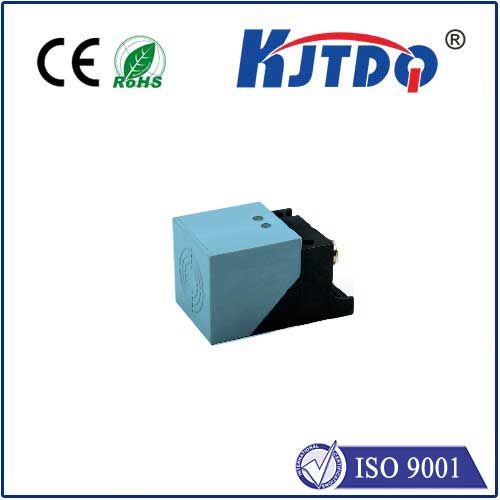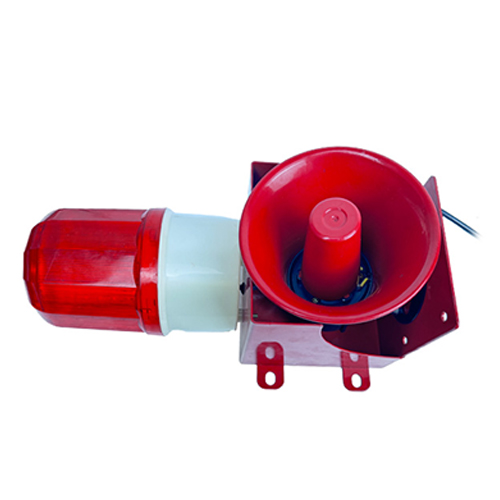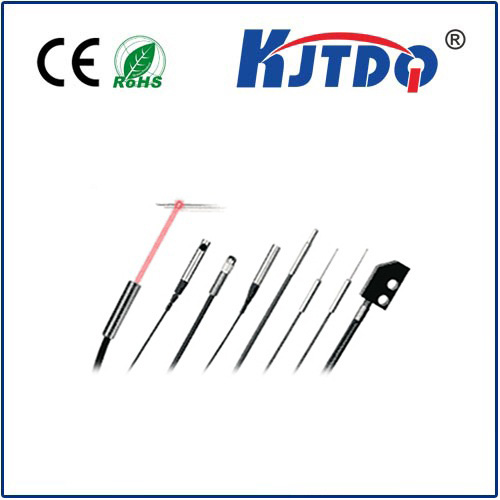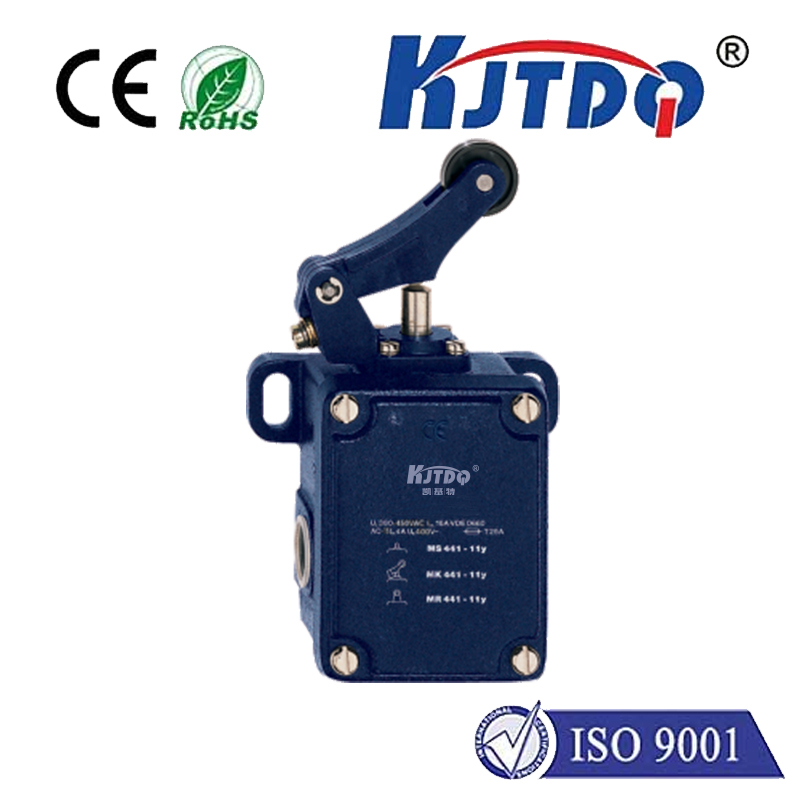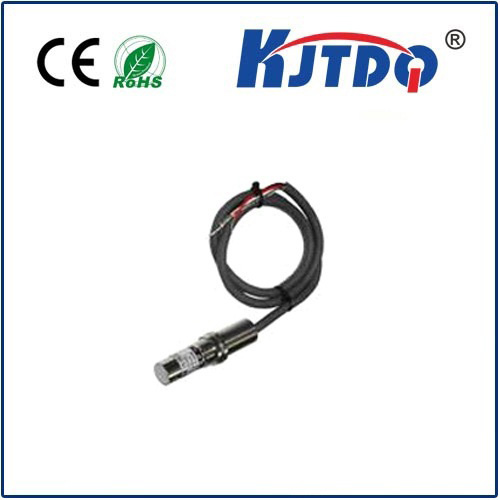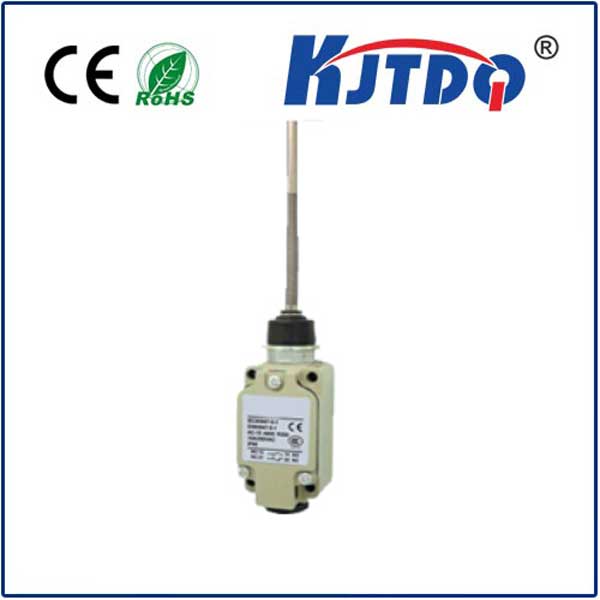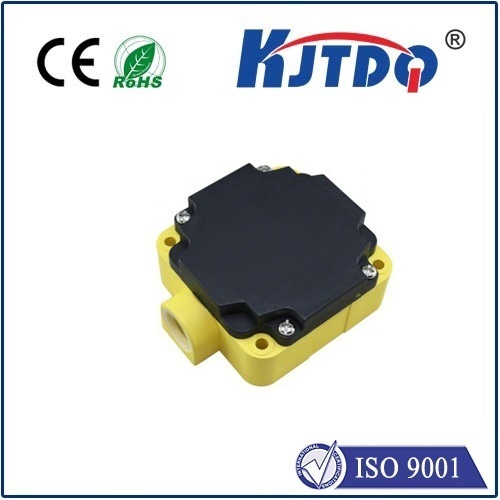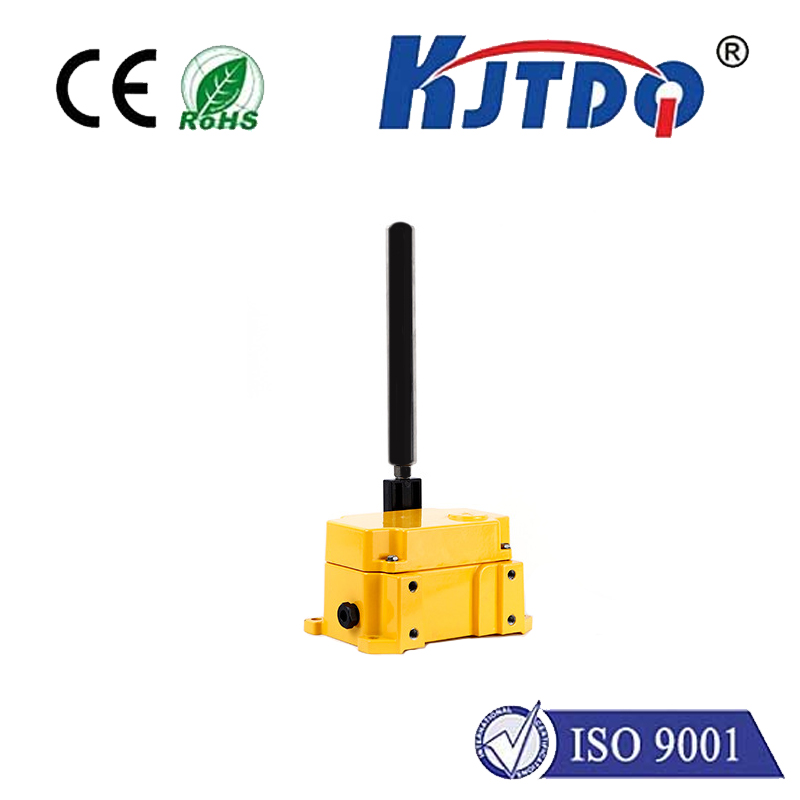выключатель высокого положения котла
- time:2025-08-03 00:00:06
- Нажмите:0
The Boiler High Limit Switch: Your Unsung Hero Against Overheating Disasters
Imagine a frigid winter night. Your boiler hums reliably, keeping your home warm and comfortable. But what happens if that trusted system starts to run too hot? Left unchecked, excessive temperatures could lead to catastrophic failure, costly repairs, or even dangerous situations. Standing guard against this very threat is a critical, though often overlooked, component: the boiler high limit switch. Understanding this vital safety device is key to ensuring your heating system operates safely and efficiently.
Understanding the Sentinel: What is a Boiler High Limit Switch?
At its core, the Переключатель верхнего предела is a fundamental boiler safety control. It acts as an automatic shut-off device designed to interrupt the boiler’s operation if the water temperature rises beyond a preset maximum safe level. Think of it as the boiler’s internal alarm system and emergency brake combined. While the primary thermostat tells the boiler when to heat, the high limit switch defines the absolute ceiling it must not exceed. Its primary mission is preventing boiler overheating, a condition that can warp metal components, cause leaks, create excessive pressure, and potentially lead to hazardous scenarios.
How Does This Essential Safety Device Work?

The principle behind a high limit switch is elegantly simple, leveraging basic physics for critical safety:
- Temperature Sensing: The switch incorporates a temperature sensor (often a bulb filled with temperature-sensitive fluid or a bi-metallic strip) strategically positioned within the boiler, typically immersed in the water or attached to a well on the boiler jacket. This sensor directly monitors the boiler water temperature.
- Precise Calibration: The switch is factory-set to trip (open its electrical circuit) at a specific high limit temperature, usually well below the boiling point of water at standard pressure but significantly higher than the normal operating range (common settings range from 190°F to 220°F / 88°C to 104°C, depending on boiler design). This is the crucial temperature cut-off point.
- Circuit Interruption: If the sensed water temperature reaches or surpasses this preset high limit, the internal mechanism within the switch reacts. This causes the electrical contacts inside the switch to snap open.
- Boiler Shutdown: Opening these contacts breaks the electrical circuit powering the boiler’s main components – usually the burner control valve for gas/oil boilers or the aquastat relay controlling electric elements. This immediate power cut forces the heat source to shut down instantly, halting further temperature rise.
- Safety Lockout (Often): Crucially, many modern high limit switches are designed to go into a lockout mode or require a manual reset. It won’t automatically restart once things cool down. This forces homeowner or technician intervention to identify and resolve the underlying cause of the overheating before the boiler can be restarted. This is a critical overheating protection feature.
Why is the High Limit Switch Absolutely Critical?
This unassuming switch performs indispensable roles:
- Preventing Catastrophic Boiler Failure: Excessive heat can cause boiler tanks to crack, heat exchangers to warp, solder joints to fail, or pressure relief valves to blow open constantly. Replacing major boiler components or the entire unit is extremely costly. The Переключатель верхнего предела is the primary defense against this financial nightmare.
- Mitigating Safety Hazards: Overheating significantly increases internal pressure. While pressure relief valves are the last line of defense, consistent high-pressure operation stresses components. More critically, cracked heat exchangers in combustion boilers can leak toxic carbon monoxide gas into your home! The high limit safety device helps prevent conditions that could lead to such dangerous failures. It is a literal lifesaver.
- Avoiding System-Wide Damage: Boiling water due to overheating creates steam, leading to water hammer (destructive banging in pipes), air entrapment, and potential damage to pumps, valves, and radiators/baseboards throughout the heating system. The switch protects the entire hydronic loop.
- Providing a Diagnostic Signal: A boiler stuck in lockout, repeatedly tripping the high limit, is a clear indicator of a serious underlying problem. It acts as a diagnostic tool, signaling the need for professional attention.
Spotting the Warning Signs of a Failing High Limit Switch
Like any component, high limit switches can malfunction. Be alert for these symptoms:
- Frequent Lockouts: Your boiler shutting down completely and requiring frequent manual resets (often via a red button on the switch itself) is the most obvious sign. If it trips immediately after resetting, do not keep forcing it – call a professional.
- Boiler Short Cycling Hot: The boiler might turn on, run for a very short period (only a minute or two), and then shut off, even if the house isn’t warm. This can indicate the switch is tripping prematurely due to internal failure.
- Boiler Fails to Start or Run Continuously (Unusually): While less common, a switch that fails open will prevent the boiler from starting at all (as it breaks the circuit). A switch that fails closed won’t trip when it should, leaving the boiler without critical overheating protection.
- Excessive Steam or Pressure Readings: If you observe unusual amounts of steam venting from the pressure relief valve or consistently high pressure readings on the boiler gauge (especially near the relief valve setting), it could signal overheating despite the switch, meaning the switch itself might have failed closed.
- No Heat (Due to Lockout): If the switch is tripped in lockout and you haven’t reset it (or it won’t stay reset), you’ll obviously have no heat.
Maintenance and Replacement: Leave it to the Pros
While understanding your выключатель высокого положения котла is important for your safety awareness, testing and replacing this component is strictly a job for a qualified heating technician. Here’s why:
- Safety: Working near boilers involves electricity, high temperatures, and potentially gas or oil. Mistakes can be dangerous.
- Diagnosis: A tripping switch is a symptom. A technician must diagnose the root cause – which could be a faulty switch itself, but is more commonly issues like low water level, a stuck zone valve, circulator pump failure, a failing primary control/aquastat, excessive system pressure, or sediment buildup impairing heat transfer.
- Calibration: Installing a replacement switch requires selecting the correct temperature rating and ensuring proper calibration. An incorrect switch compromises safety.
- System Knowledge: Technicians understand the interplay between the Переключатель верхнего предела, the operating control (aquastat/thermostat), and other boiler components.
The Silent Guardian of Your Home’s Warmth and Safety
Often tucked away and forgotten, the выключатель высокого положения котла plays a heroic role in your home’s comfort and safety infrastructure. It operates silently in the background, a vigilant sentinel ever-ready to halt operation the moment temperatures veer dangerously high. Respecting its function, heeding its warnings (like lockouts), and ensuring it’s maintained through professional service are essential steps in protecting your investment in your boiler and, most importantly, the safety of your household. Never ignore a tripping high limit – it’s your boiler’s urgent cry for help.

